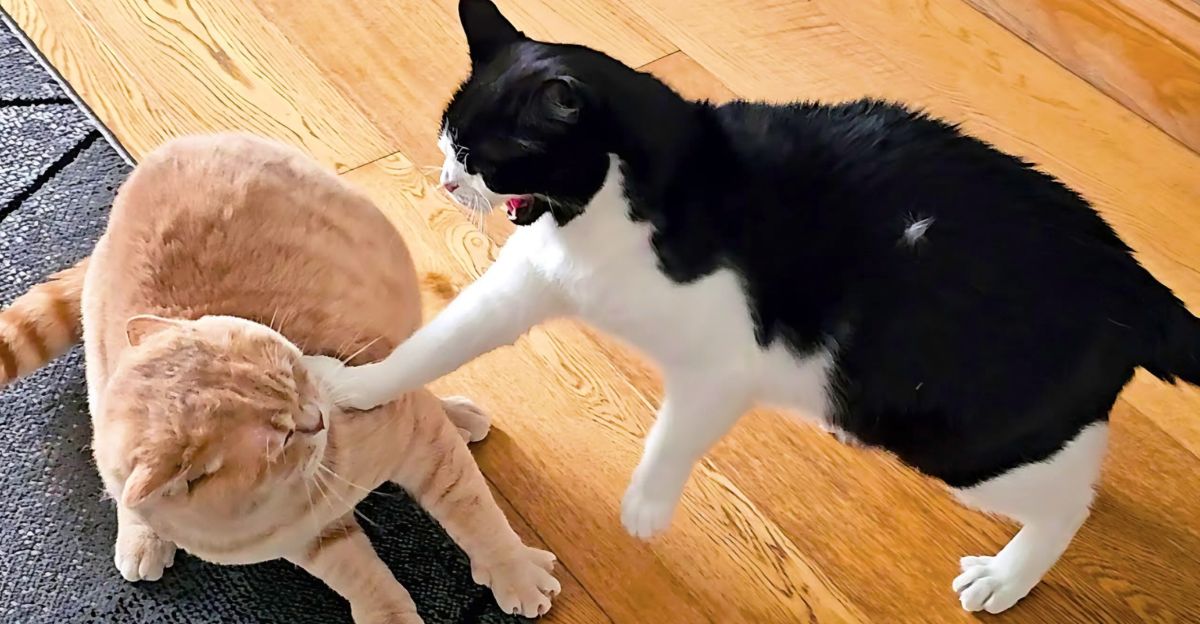
Choosing any new pet is a scary as well as an exciting decision. Cats are especially adorable and make great pet companions. So, you decided that it is time to get a new pet, and you are considering getting a cat. The only problem is that you are not sure if you would like to get a female or a male cat. You are probably sitting with the question of whether gender even matters at the end of the day?
Well, let’s look a bit closer into the differences between having a male or a female cat in your home. Maybe, knowing a bit more about the pros and cons of each gender would help you decide which gender cat is best to bring into your life. There are distinct differences between the two genders of cats. In this article, we will explore differences in their social dynamics, health as well and behaviors.
Key Considerations
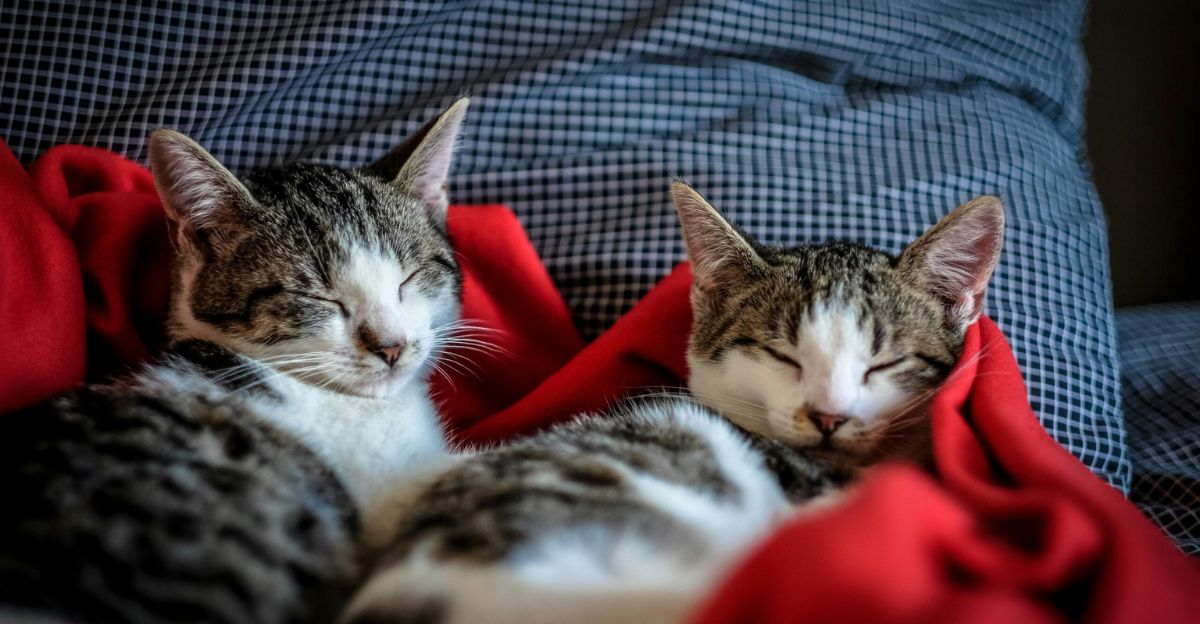
From a practical point of view, let’s look at some things to consider when adopting a cat. It is always good to consider a cat’s personality as well as its gender when making a decision. Each animal has their personality. Choosing a cat based on their personality is especially important when you have other cats in your household. Bringing in a new cat can either add to or take away from the social dynamics in the house.
Speaking of household dynamics, if you do have a male cat, for example, bringing in a female cat would lead to you being a grandparent sooner than you think. If kittens are not something you need in your life right now, then consider protective measures such as neutering.
Pros & Cons

Generally speaking, male cats tend to be larger in size than female cats because they tend to have more muscular bodies with broader heads. It would be helpful to look at the breed genetics before making a final decision, as this would give you a better idea of what your kitten will grow up to look like.
While the females might have a more slender build, your males would be the big, fluffy cuddlers, but this depends on what breed you are looking to adopt as well. Depending on the genetics of the breed, males might have more chubbier cheeks for an extra cuteness factor for you.
Territorial Considerations

Males are more aggressive as they are more territorial than females. They roam more, not only for hunting purposes but also in search of mates, as they are driven by a need to procreate. This decreases when they are neutered. Your female cat would be more home-based, and although they are territorial as well, they show it in a very different way.
They would establish hierarchies rather than engaging in aggressive conflicts like the males. Males are more inclined to spray their urine around their territory to claim it as their own, so keep that in mind. It is not the best smell that would radiate from the urine spray in your home, but this, too, could decrease with neutering.
Behavioral Differences
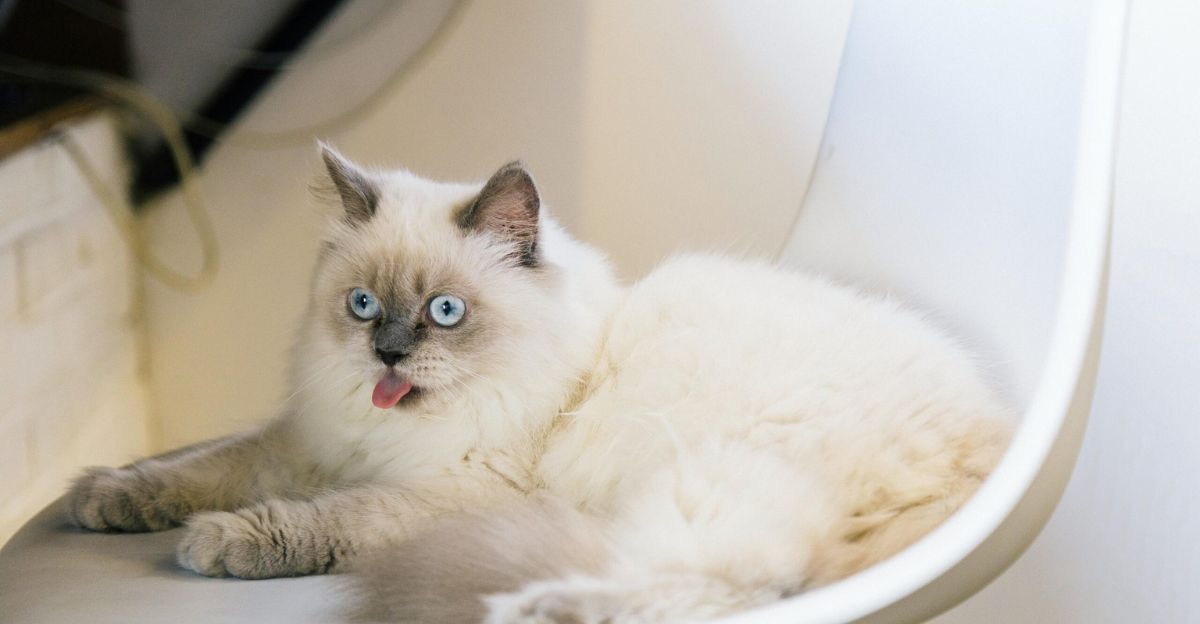
When looking at behavioural differences between the two genders, these interesting statements might come as a surprise. Males are more commonly seen to be more affectionate, vocal and social than females. They would be more open to human interaction and seek out your attention, while females are generally more selective about when they would like your attention and affection.
This is because the females are very aware and cautious, so they show that they trust you just by being near you. This behavior showcases their maternal instincts at play. Have you ever heard of dogs and cats exhibiting a playful, spontaneous burst of energy, affectionately known as the ‘zoomies’? Well, males that are energetic would engage in the zoomies, literally zooming around the house, being playful.
Hunting Behavior

Female cats prefer a different type of playful activity where they can be more strategic. Such as making use of their hunting skillsets where they can stalk, pounce and be more precise rather than chaotically zooming around. Of course, male cats still exhibit hunting behaviour as well, but females tend to be more patient and take hunting a bit more seriously as an activity.
Be aware that if you allow your cat to roam freely outside, they will engage instinctively in hunting behavior. Females more so, as they would have had to hunt for their young in the wild. So they are more likely to surprise you with a gift, almost like a trophy, bringing you what they caught. You might wake up one morning with a dead lizard or mouse on your doorstep, step regardless.
Care Considerations
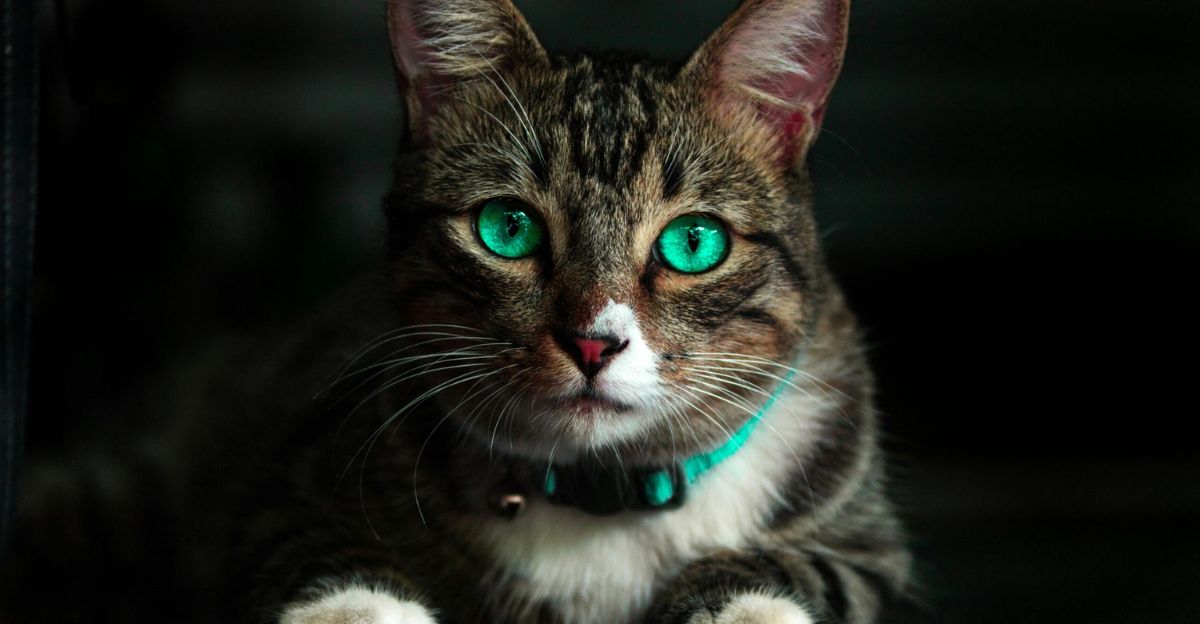
Let’s get a bit more serious and look at the differences in health care for these two genders. What health concerns are there to consider when making your decision? Female cats that are spayed before they go on their first heat have a decreased chance of getting mammary tumours and uterine infections called Pyometra. While male cats are more commonly affected by urinary tract blockages.
The risk of this increases dramatically if the male cats have a poor diet and become a bit chunky. Testicular cancer is also a possibility with male cats, but if they are neutered, it decreases this risk, and as a bonus, it would also lower their aggression and need for roaming, looking for a female. If your female cat is not spayed, they would naturally have a heat cycle regularly, which can impact their behaviour, making them much more restless and even more vocal.
Cats can be social animals, and they can also not be. This depends on the breed just as much as the gender, so if you have other pets or children in the house, do some more research to get a feel for the breed you are considering and carefully decide if bringing a cat into your home would upset or add to the social dynamics.
Adoption/Breed

Males are said to adapt a bit easily to specific multicat homes as they tend to group together and engage in less conflict situations. While females would establish those hierarchies in their territories, as discussed earlier, causing possible conflict situations. So at the end of the day, grouping two males together would possibly increase urine spraying, but would go a bit smoother than grouping two females together, for example.
Gender differences differ from breed to breed, so we looked at the general differences in this article, but doing more in-depth research on the breed you are interested in would give you a good understanding of what you are getting into. Calico patterns or the tortoiseshell fur effect are almost specifically related to females, no matter the breed of the cat, for example.
Careful Consideration
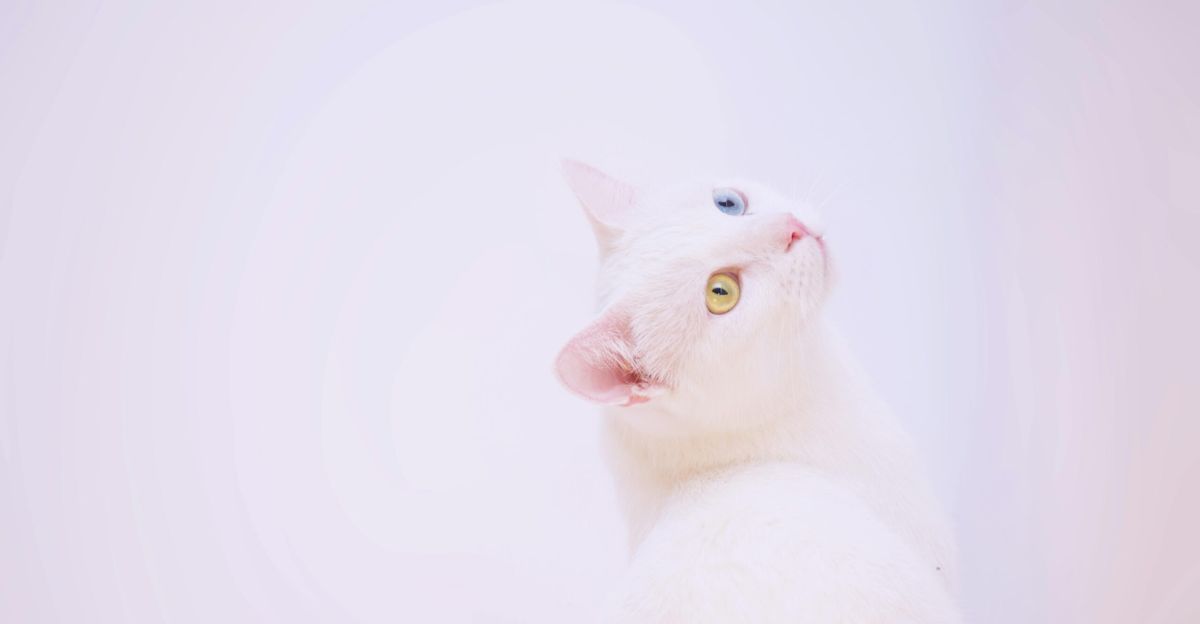
While your Garfield resembling orange/ginger furred cats are more likely to be male due to genetics. Breeds known for their very defined personalities or social cohesion are Abyssinian or Siamese cats. Differences in personality can be more pronounced, such as the stereotype that females are more reserved and males are more playful, or they can be very subtle.
In conclusion, we let the cat out of the bag, and the verdict is up to you. It is clear that considering spaying or neutering your newly found companion reduces many behavioral and health concerns. Doing thorough research on the breed that you are interested in is necessary to understand your feline friend better and give them the care and attention they might require. Remember that every cat would have their own personality, much like us humans, so getting to know your kitten is a must. Regardless of which gender you choose, a loving environment could make for a loving cat.
Explore more of our trending stories and hit Follow to keep them coming to your feed!

Don’t miss out on more stories like this! Hit the Follow button at the top of this article to stay updated with the latest news. Share your thoughts in the comments—we’d love to hear from you!







